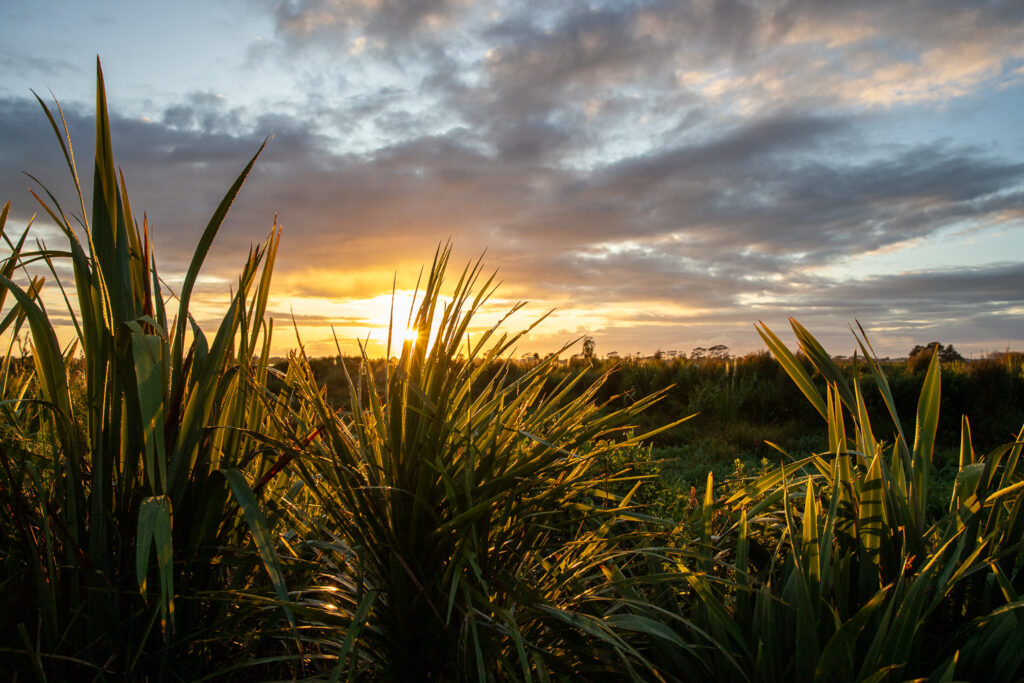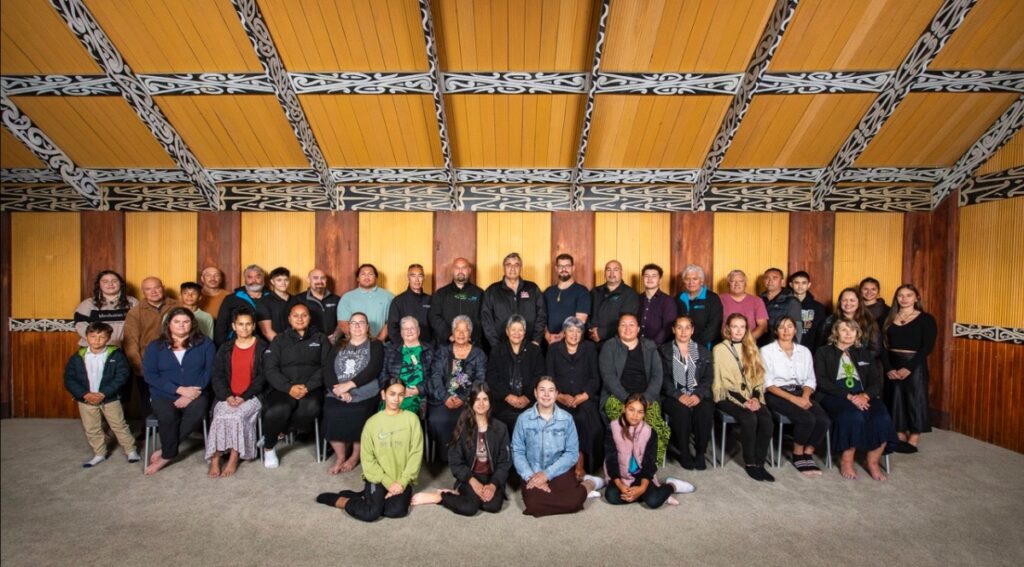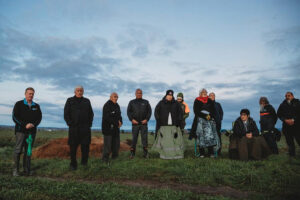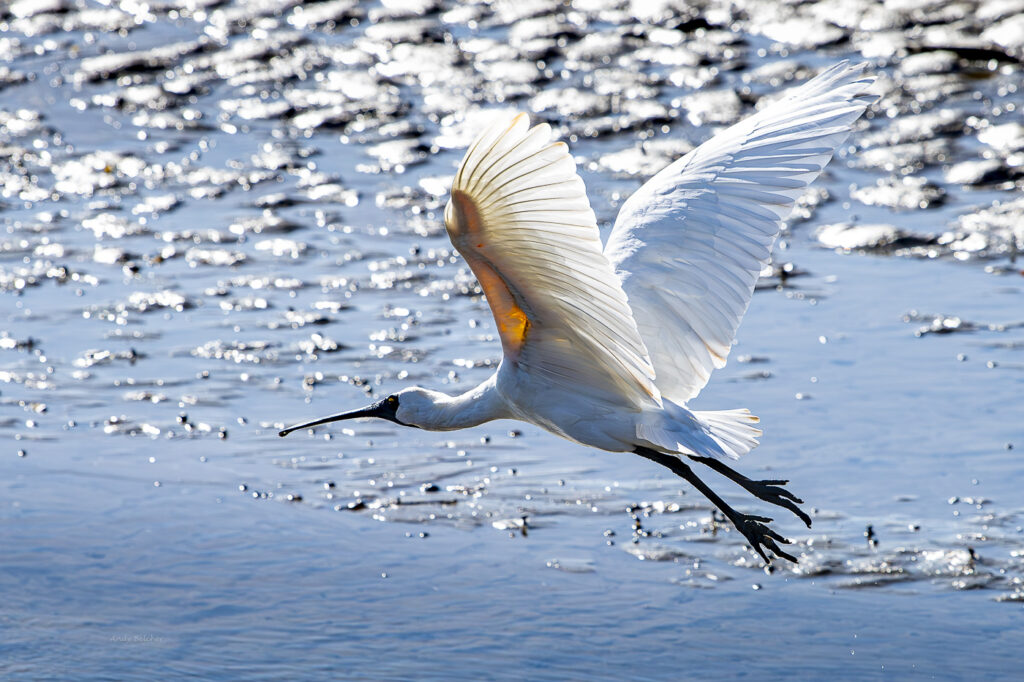He oranga te wahaPū, he oranga te iwi
The health of the estuary is a metaphor for the health of the people
Our rohe is not only where we live, it is also our pantry, and a playground and classroom for our tamariki and mokopuna.
Once a source of plentiful kai for iwi and communities, Waihī Estuary, is now identified as one of the most degraded estuaries in Aotearoa. It is no longer a reliable source of safe, healthy kai and we don’t let our children swim there.
As kaitiaki, Iwi connected to Waihī have strongly voiced our concerns about the deteriorated state of the wahapū/estuary and surroundings. Decades of wetland drainage, river channelisation, farm and orchard land use intensification, contaminated runoff, a lack of buffers, leaky septic systems, inadequately treated sewage/effluent and pollution from boats have done serious harm to the waterways and estuary.
If we want the Waihī estuary to be the abundant mahinga kai (food basket) it once was, urgent action is needed.

And that’s exactly why we’ve established Te Wahapū o Waihī: an iwi-led catchment-wide monitoring, education, restoration and management programme for the Waihī estuary.
Spearheading this action-based programme is a collective of the five iwi connected to the estuary – Ngāti Whakahemo, Ngāti Whakaue ki Maketū, Ngāti Mākino, Ngāti Pikiao and Tapuika. To achieve their goals, the collective is partnering with a range of people and organisations including the Bay of Plenty Regional Council (BOPRC), the Ministry for the Environment’s Te Mana o Te Wai and The Ministry for Primary Industries (MPI).
We will know we are successful when we have a healthy mahinga kai, as an indicator of a thriving Waihī estuary, catchment and community – for now and generations to come.
Kotahitanga | Collaboration
In 2021, the five local iwi (Ngāti Whakahemo, Ngāti Whakaue ki Maketu, Ngāti Mākino, Ngāti Pikiao and Tapuika) and the Bay of Plenty Regional Council (BOPRC) agreed that to restore the wahapū we needed to work together.
In collaboration with the Ministry for the Environment’s Te Mana o Te Wai, Te Wahapū o Waihī was established. This collective developed a much-anticipated, Iwi-led catchment-wide monitoring, education, restoration and management programme for the Waihī estuary.
Our mission is to seek restoration of our damaged ecosystems, and our relationships with them.
Thanks to support from the Ministry for Primary Industries (MPI), Te Wahapū o Waihī will also engage with the more than 70 ahu whenua and Māori land trusts in the catchment. Together we will focus specifically on developing collaborative strategies for land use change that will align with new and upcoming legislative and regulatory changes and be good for the environment and business.
This work is led by a collaboration of five iwi, led by:

Kura Paul-Burke
Project Lead

Roana Bennett
Project Co-ordinator
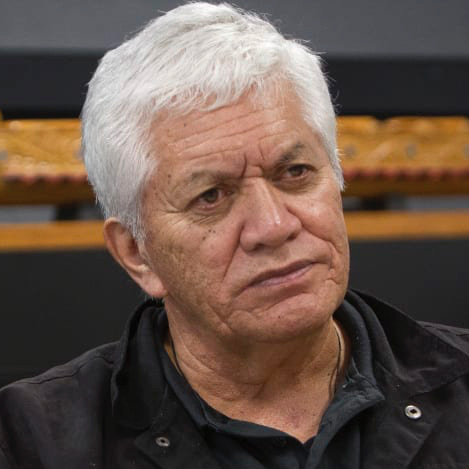
Te Taru White
Independent Chairman
Feel free to get in touch with them if you have any questions.
Ngā Mātāpono | Principles
Te Wahapū o Waihī is committed to the following principles:
Mana Motuhake | Authority, governance, leadership
- Tikanga – Cultural practices, protocols, language, traditions
- Whakapapa – Genealogical connectivity
- Te Mana o te Wai -Importance & prestige of water – estuaries, wetlands, rivers, ocean
Mahinga kai | Intergenerational food harvesting areas
- Ngā tohu o te taiao – Environmental signs of the natural world, traditional, contemporary
- Taonga – Culturally important species, spaces, kaitiaki
- Whakaoranga – Restoration, diverse range of species, habitats, food webs, kai
Mahi tahi | Collaboration, mātauranga Māori, Western science, Iwi, Community
- Kaitiakitanga – Active, informed guardianship including ‘action on the ground’
- Whanaungatanga – Relationships between people, species and spaces
- Manaakitanga – Culturally appropriate and meaningful engagement
Mokopuna | Blueprint of the ancestors, succession, future leaders
- Te Ao Hurihuri – Changing world, climate, technology, education, innovation
- Whakamana – Ensure the wahapū is in a better state for mokopuna of tomorrow
- Taiohi taiao – Competent, confident next generation environmental guardians
Ā Tātou Mahi | Actions
Actions speak so much louder than words.
Our collective actions are aimed at restoring the estuary as a place of abundance where taonga species thrive AND creating hope for a better future for our people.
Our progamme consists of the following actions:
Te Wahapū o Waihī will:
Undertake wānanga, haerenga and education programmes for rangatahi, whānau and community to build connection with the estuary and surroundings.
Support kaitiaki to grow their knowledge and understanding of the estuary and surroundings.
Undertake mātauranga mapping and utilise other sciences to protect and restore intergenerational taonga throughout the estuary and catchment.
Support the development of mahinga kai connectivity.
Monitor and report on the water quality in the estuary, and in the tributaries feeding into the estuary;
Actively work with landowners in the catchment who share the same goals and aspirations for the estuary;
Partner with like-minded people who respect the goals, aspirations and role of iwi and who will work with the trust to achieve the trust’s purpose.
Undertake any other activities that lead to the protection, retention and quality improvement of the estuary.
